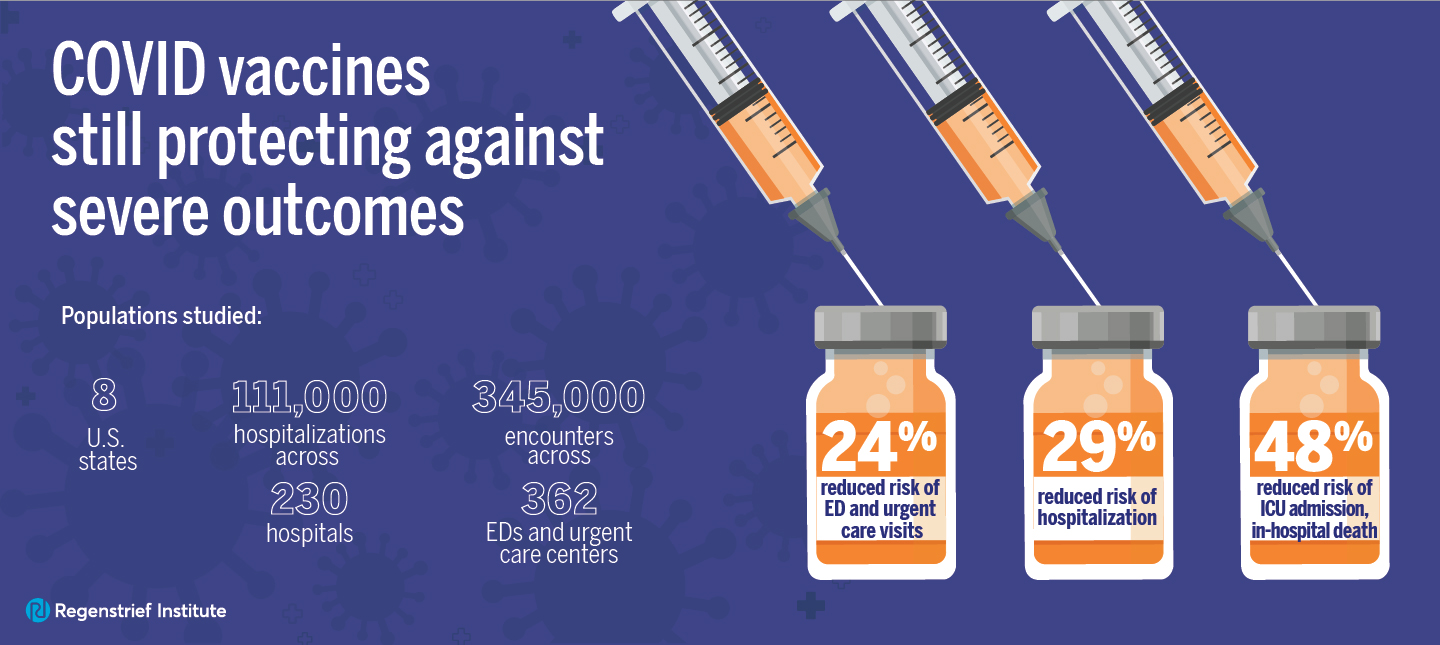Joshua Vest, PhD, MPH, discusses the advantages health systems can gain by better leveraging the data already in electronic health records.
Transcript:
Why did we choose housing, finances and unemployment? Because they are really important to health and well-being, and they are something that healthcare organizations can intervene on if they identify them within their data sets. If you have housing challenges that puts you at a whole host of risks for negative outcomes. Finances — the inability to meet bills or have to make hard choices around food or medical care due to cost — is also critical. And employment is very important because that actually drives, as you would imagine, financial stability as well and also has a whole bunch of other kinds of social benefits.
Transcript:
So much information is available in the healthcare organizations that they don’t leverage. So the idea is how do we take that information and actually turn it into something that we can use to drive decision making or better inform about patient care or referrals to other services? That’s the overall goal is not just to simply say, “Can we measure this?” but, “Can we measure it well enough that we could actually use it in practice routinely?”
Dr. Vest describes the different types of data in EHRs and the process of testing a natural language processing algorithm across different health systems.
Transcript:
So structured data are things that are coded numerically, things like diagnostic codes. We have all these structured data elements, but the actual majority of medical information is actually stored in text, and this project is trying to take that free text information — which is variable and different and has a lot of different words and has idiosyncrasies about it — and tries to take it and extract out data that we can use repeatedly. We first did it using notes from one health system here in Indianapolis. We built the algorithms, we tested it on that population. And then to even do the next step, we took that algorithm and applied it to a second, completely independent health system and tested it on those notes to make sure it still worked in order to make sure it was generalizable, that we weren’t building something that was so specific to one health system that it couldn’t be used anywhere else.
Transcript:
This paper helps advance the field in a couple of ways. First, natural language processing has been applied to a lot of conditions in the past. This is one of the first papers that applies it to social determinants of health and social issues. There are multiple models for natural language processing, and this study actually uses one of the more simplistic models. And that’s actually an advantage because many health systems are not in a position to actually put in the more advanced, newer things like deep learning or neural networks – things that are very promising and that can be very powerful but are very, very complex to create.








